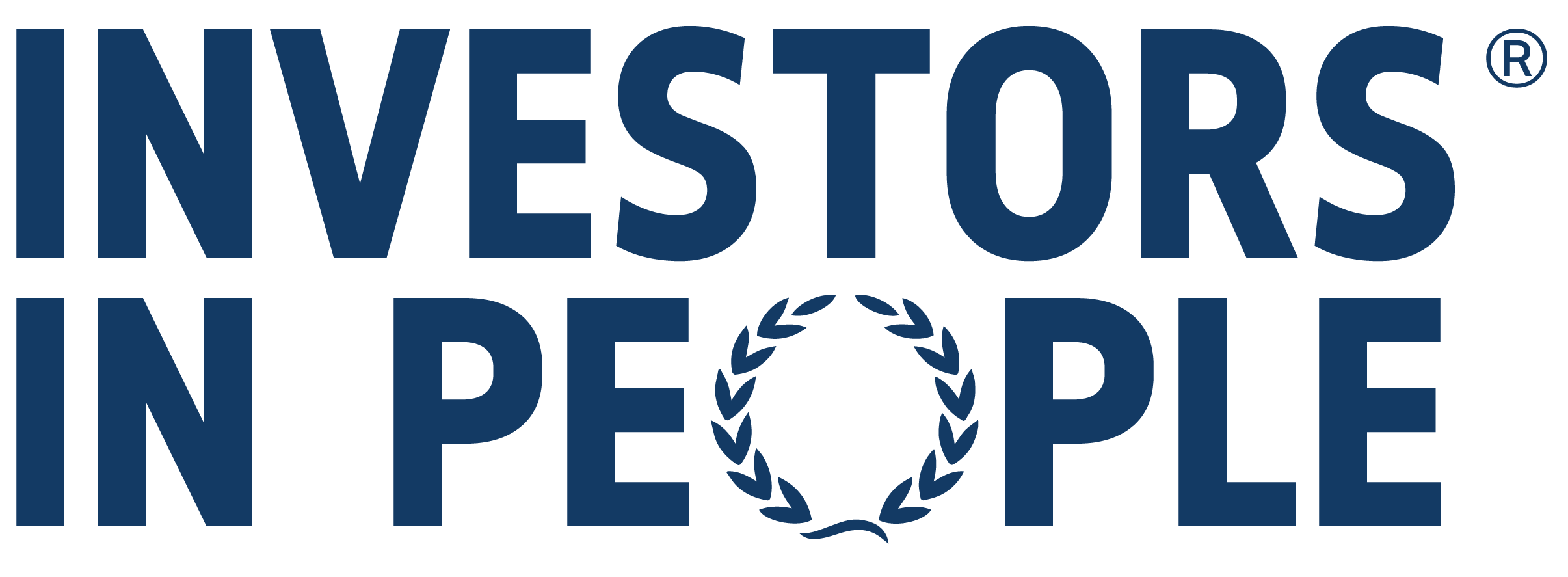In the bigger scheme of workplace improvement and employee support, financial wellness programs are easy to implement – most employers already offer some type of benefit package be it a discount schemes on various products or services, access to financial advice tools and expertise, or guides on financial management. These types of benefits are great, but they don’t cover everything and sometimes it can be hard to see why your employee financial wellbeing efforts aren’t helping.
In this article, we’ll address five common errors – and the potential solutions – of which employers fall foul despite best intentions to nurture a positive workplace culture.

Start your employee wellbeing accreditation journey
How does the health & wellbeing of your organisation measure up and how can you improve it?
No.1 Assuming your employees know about your benefits
Having a workplace financial wellbeing program is one thing, but having your staff know about it is entirely another – if the channels of in-house communication aren’t working as they should, your staff may well be oblivious to the support available to them.
The solution would be to ensure that your staff are regularly reminded of their financial wellness benefits through all communication channels – email, chat apps, printed materials around the workplace, in-person discussion, etc.
Additionally, if you employ third party benefits providers, enquire of their support and account management teams about promotional materials ands guides for staff that can be distributed. These providers will want their clients’ staff to use the services provided as effectively as possible and will have all the information required as a result.
No.2 Thinking one solution meets everyone’s needs
Did you know that offering a one-off cost of living payment could make people worse off? This is true if they are on some forms of benefits and receiving the one-off payment pushes them over their benefits threshold. It’s easy to think that all financial support is good support but individual circumstances do need to be accounted for.
Different demographics are being impacted by the cost of living crisis in different ways, from mortgage interest rate increases to rent increases to the cost of basic food items – understanding that staff on different wages spend their income in different ways is essential.
With this in mind, a financial wellbeing system that provides a range of benefits should be considered vouchers.
 No.3 Thinking it’s only impacting those on minimum wage
No.3 Thinking it’s only impacting those on minimum wage
To reiterate the idea that employee financial wellbeing programs should support all of your staff, consider that financial stress impacts people in different ways. Going back to mortgage interest rates – on average the rise in interest rates has, added an additional £25 per £100,000 PER MONTH on to the average mortgage.
In the current financial climate, those on minimum wages will undoubtedly struggle, but do look out for signs of financial stress in others too, especially if they have home situations which mean they are sole earner.
A good starting point for dealing with the variety of financial situations in your organisation is to issue pulse surveys that can anonymously collect the thoughts and opinions of your staff, and provide training to your line managers in how to offer support and a space for staff to discreetly discuss any financial problems they may be facing.
No.4 Looking outside only for solutions
We’re not saying there aren’t brilliant ideas out there, but the solution your employee financial wellbeing problems has to fit with what works for your business, in terms of culture and affordability.
Make sure when you choose an approach to your financial wellbeing support, that you choose it with the long-term position of your organisation in mind. Consider for a moment, if you were to decide on a particular course of actions, what might happen should inflation remain as high as it is for the next three years? Do you think your organisation could bear the financial cost of your program?
Due diligence is key – form focus groups or run surveys as above for ideas and find a financial wellbeing solutions that fits your organisation. Also, don’t forget to check the feasibility of your ideas with all stakeholders before agreeing a solution.
No.5 Tackling it in Isolation
Financial wellbeing impacts every other area of wellbeing – money troubles often impact sleep, and lack of disposable income can make other self-care measures such as gym memberships prohibitive. Financial pressures are well documented to increase the likelihood of experiencing anxiety and depression.
For these and many more reasons, a holistic approach needs to be taken which acknowledges these connections.
Make sure your employee financial wellbeing measures are supported from all areas of your organisations including HR, H&S and of course SLT and managers. Do these departments understand the context of how the overall financial wellbeing program may influence their approaches and processes. For example, some employers have experienced increased absenteeism because people cannot afford to get to work. In this case, is a formal HR process the answer?
Summary
These points highlight just a few of the issues that you may come up against in improving your employee support. With consideration for the different situations faced by your staff, you can start to form a truly effective financial wellbeing solution that tailored to your organisation.

WORKPLACE ACCREDITATION
Start your journey to a better workplace and a successful future with Investors in People
About Investors in People
Investors in People have been working with a huge range of big and small organisations from Public Sectors, SMEs, Charities, PLCs and anything in between for over 30 years. We have accredited more than 50,000 organisations and our accreditation is recognised in 66 countries around the world, making it the global benchmark when it comes to people management. So we know we speak your language and can offer the specific kind of support and guidance your organisation needs.







